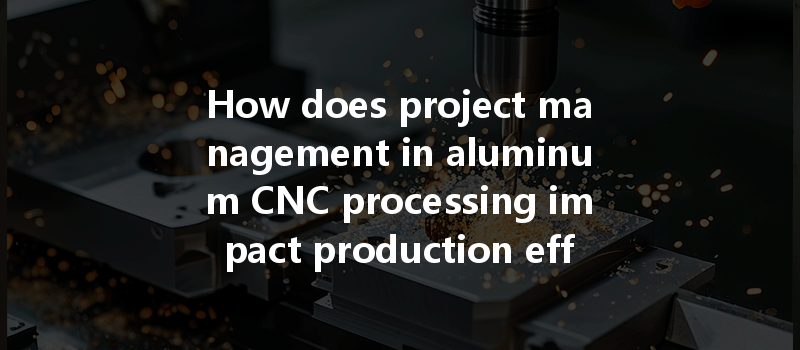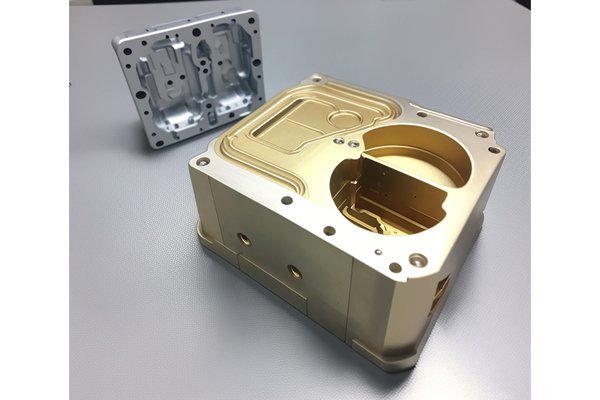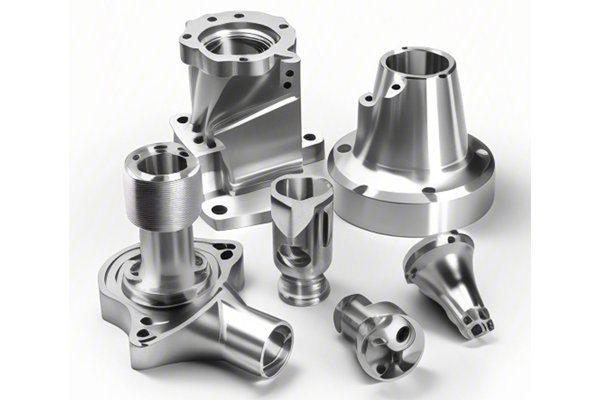Did you know that approximately 88% of organizations that fail to use project management techniques end up struggling with ineffective resource management and poor production outputs? In industries where precision, quality, and efficiency are paramount—like aluminum CNC processing—project management can be the difference between success and stagnation. As companies strive to boost production efficiency, understanding how project management influences workflows can lead to transformative improvements.
to Project Management in CNC Processing
In today’s highly competitive market, businesses are constantly seeking ways to optimize their production processes, especially in industries involving complex manufacturing techniques like aluminum CNC (Computer Numerical Control) processing. CNC machining has revolutionized the way aluminum components are designed and fabricated. However, without effective project management, the potential of CNC technology can be severely underutilized.
What is CNC Processing?
CNC processing refers to the automation of machine tools through computers executing pre-programmed sequences of machine control commands. In aluminum processing, this method allows for precise cuts, intricate designs, and repeatable production—all crucial for industries like aerospace, automotive, and electronics.
The Connection Between Project Management and CNC Processing
Project management encompasses the planning, organization, and execution of specific goals and projects within a defined timeline and budget. In the context of aluminum CNC processing, project management integrates various tasks, resources, and timelines to ensure that production goals align with business objectives.
The Benefits of Effective Project Management
Strategies for Effective Project Management in Aluminum CNC Processing
Before starting any project, defining clear, measurable objectives is essential. This step helps in aligning the entire team toward a common goal, whether it’s reducing production time, improving product quality, or minimizing costs.
Action Steps:
A well-structured project plan serves as the blueprint for successfully managing the CNC processing operations. The plan should cover timelines, resource allocation, and workflow processes.
Components of a Comprehensive Project Plan:
The integration of advanced technology can elevate project management efforts significantly. Utilizing project management software specifically tailored for manufacturing processes can provide real-time tracking and analytics.
Recommended Technologies:
Lean manufacturing emphasizes the elimination of waste and improving efficiency. By applying lean principles, companies can enhance their CNC processing workflows.

Lean Methodologies:
Continuous skill development is crucial in the rapidly evolving landscape of CNC technology. Regular training programs not only enhance the skills of your workforce but also improve overall efficiency and output quality.
Training Initiatives:
Project management in CNC processing requires ongoing monitoring and adaptability. This includes keeping track of production metrics and implementing corrective actions as necessary.
Key Performance Indicators (KPIs) to Monitor:
Regularly reviewing these KPIs allows teams to make data-driven decisions and adjustments to enhance production efficiency.
Effective project management in CNC processing often involves multiple departments—engineering, production, quality control, and supply chain management. Facilitating collaboration between these teams fosters a unified approach to problem-solving and innovation.
Strategies for Collaboration:
Case Study: Successful Project Management in Aluminum CNC Processing
Background
A medium-sized manufacturing company specializing in aerospace components faced significant delays in production due to uncoordinated efforts between its CNC machining and quality assurance departments. The company implemented a project management overhaul to address these challenges.
Implementation of Strategies
The company defined clear objectives focusing on reducing production cycle time by 20%. A comprehensive project plan was established, integrating lean manufacturing principles and investing in ERP software for real-time tracking. Cross-departmental teams were created to foster collaboration.
Results
Within six months, the company successfully reduced its production cycle time by 25% while decreasing the scrap rate by 15%. The investment in technology and training greatly enhanced communication and efficiency between departments, ultimately leading to higher quality products and increased customer satisfaction.
Effective project management in aluminum CNC processing is not merely beneficial; it is essential. By adopting a structured approach that emphasizes clear objectives, comprehensive planning, and continuous improvement, companies can vastly enhance their production efficiency and workflow.
This blog has delved into various strategies for managing aluminum CNC projects, from investing in technology to fostering cross-departmental collaboration. By recognizing the intrinsic connection between project management and CNC processing, businesses can unlock new levels of productivity and competitiveness.
As you navigate the challenges of CNC processing, remember that the strategies outlined here can serve as a roadmap for success. Embracing these practices is not just important—it’s pivotal for maintaining relevancy and achieving excellence in an ever-evolving landscape. Reflect on your current project management methodologies and consider how you can implement these insights to optimize your aluminum CNC processing operations.
In the realm of manufacturing, the difference between average performance and exceptional success often lies in the execution of meticulous project management practices. The time to enhance your workflows is now!
Related Posts
- How can you control the cost of CNC machining and effectively optimize your budget for projects?
- How does surface hardening treatment in CNC processing optimize the processing effect and enhance part durability?
- How do CNC processing plants identify and manage supply chain risks for effective production?






